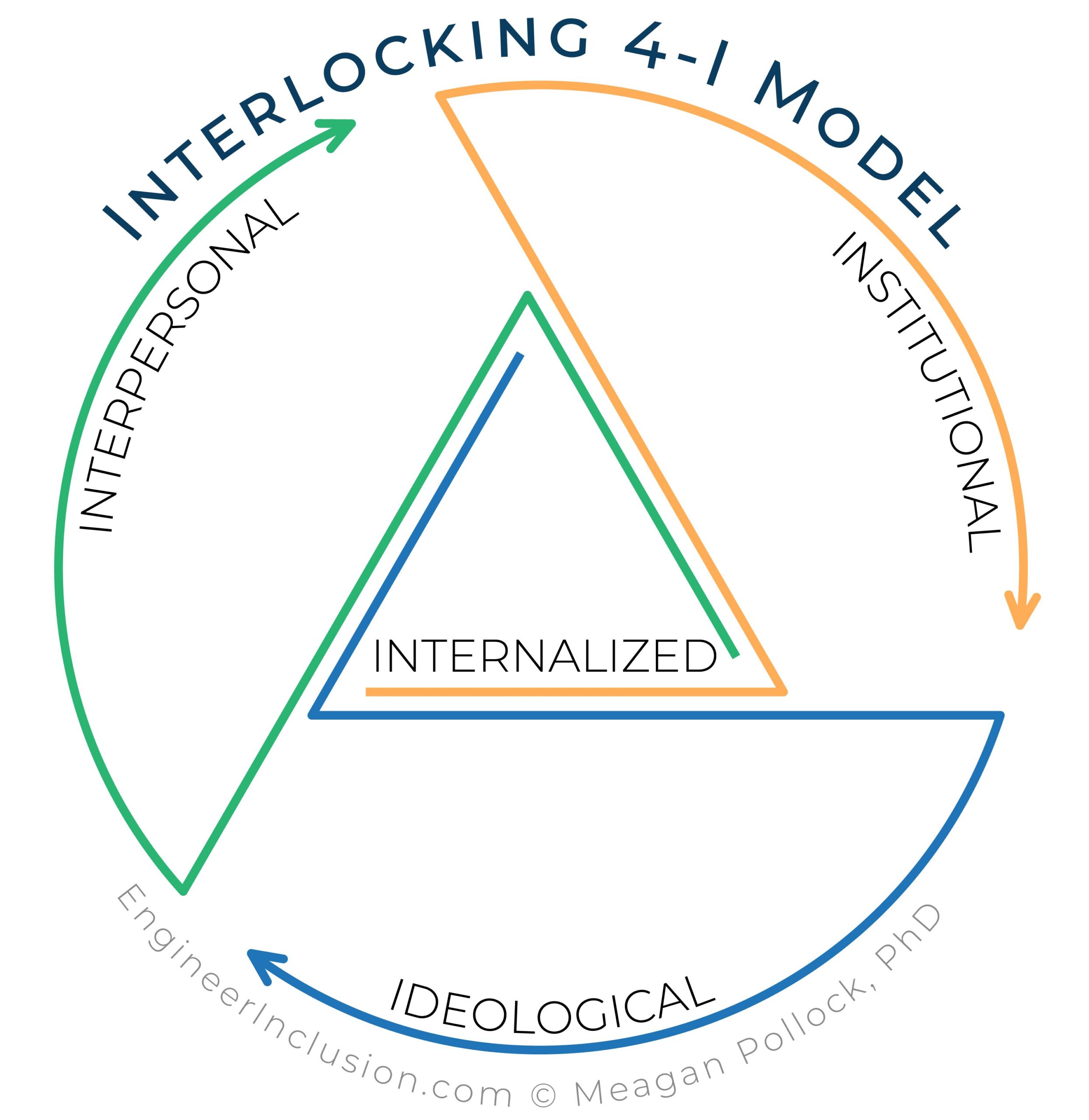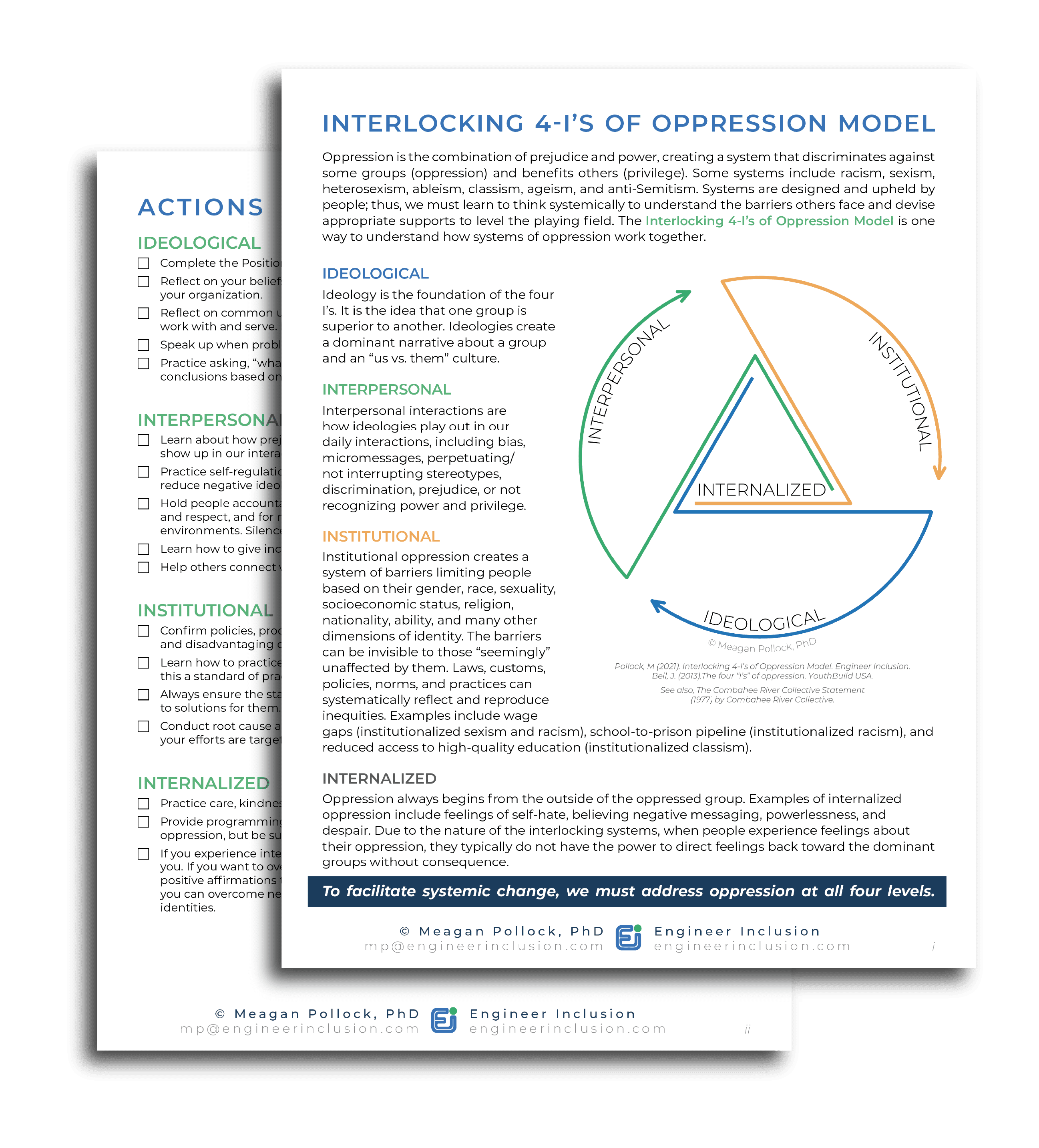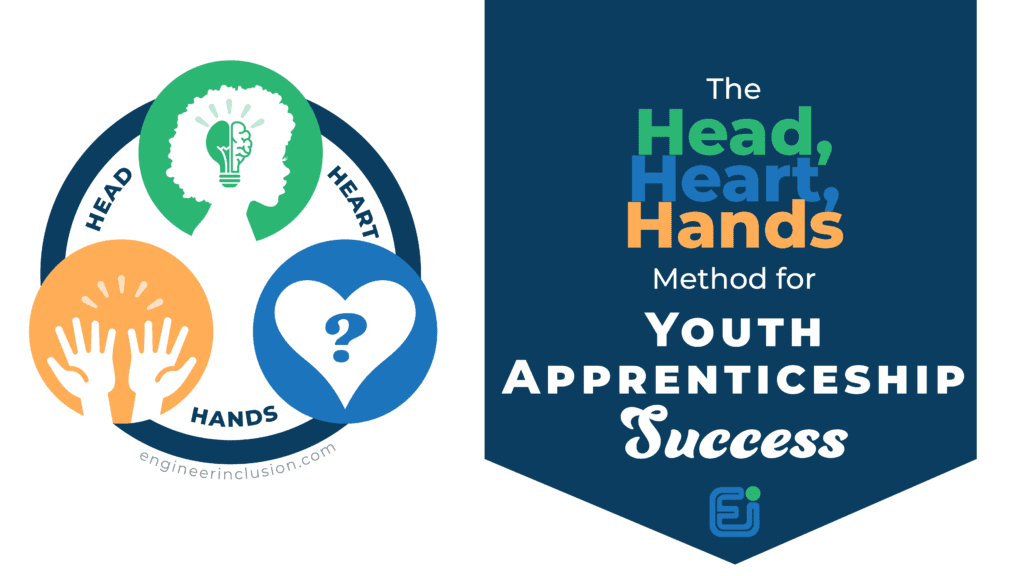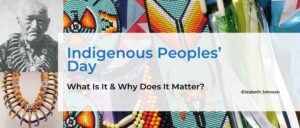In a world where inequities persist, particularly in engineering education, this article delves into the necessity of recognizing and dismantling systems of privilege and oppression. By examining how traditionally marginalized and excluded groups face systematic oppression within engineering education, the piece highlights the urgent need for acknowledgment and change. Through a systems-thinking approach and insights from scholars, this article explores the interconnected nature of these systems and offers hope for creating inclusive environments where all individuals can thrive. Download a PDF resource with strategies.
To create welcoming environments, we must understand, identify, and address the ways in which systems create inequities through the systematic oppression of traditionally marginalized and excluded groups. Systems are designed by people and upheld by people, whether intentionally or not. Ultimately, there are both systems of advantage (privilege) and disadvantage (oppression). Systems are always at play in our communities, institutions, and classrooms. Like many healing practices, we must first admit we have a problem, identify root causes, and take meaningful action for sustainable change. In this article, we’ll describe what we mean by systems, who the traditionally marginalized and excluded groups are, and we’ll propose a model for revealing and understanding the systematic oppressions these groups face within engineering education.
We cannot address what we do not acknowledge, it [is] now imperative that [systemic racism] be acknowledged by those with the power to impact the process.
Dr. Brooke Coley [1] Tweet
The reality is dim, but there is hope
Engineering education, and higher education in general, were originally designed for those who were allowed access, predominantly white able-bodied heterosexual men (WAHM) with economic means, or as Wulf [2] describes, “pale, [and] male.” Learning environments and the academe were and perhaps remain microcosms of society, manifesting privilege and reinforcing power dynamics throughout every element of the educational system. Cech found that WAHM experience more social inclusion, professional respect, and career opportunities, and have higher salaries and persistence intentions than STEM professionals in 31 other intersectional groups.[3] Holly, Jr., asserts anti-Black racism is embedded in engineering culture.[4] Pawley’s work examines how various ruling relations incorporated into universities and engineering colleges and schools help structure engineering education as a raced and gendered discipline and offers insights to help readers inquire into the structure of their own organizations.[5]
Parts of the higher educational system or structure include but are not limited to: admissions, testing, advising, policies, procedures, norms, curriculum, financial aid, culture/climate, degree plans, grading standards, promotion and tenure of faculty/staff, research, job placements, etc. Each of these systems and its parts can (and should) be independently and regularly evaluated to determine who’s being best served and who isn’t. When we disaggregate this data by a multitude of demographics and overlapping (intersectional) identities, inequities and patterns of exclusion and marginalization are revealed.
Women, Black, Hispanic, Indigenous, some Asian people groups, people with disabilities, non-heterosexuals, and people from low socio-economic groups have been traditionally marginalized and excluded from engineering. The root causes are numerous and complex, and each is a function of a system. Decades of research aim to increase our understanding of the root causes, and yet there is no simple solution to ameliorating the issues because the systems are intertwined, interdependent, and complicated. There is hope, however.
Systemic Change Requires Systems Thinking
Understanding and designing systems is a key tenet of engineering. According to ABET: “Engineering design is a process of devising a system, component, or process to meet desired needs and specifications within constraints.” [6] In addition, engineers must be systems thinkers, able to view systems from a broad perspective, including seeing structures, patterns, and cycles, rather than a myopic view of a single event. If we extrapolate this skillset away from “widgets” and focus on work and learning places and spaces, engineers have the potential to be stellar systems thinkers that see past myopic events to intentionally create welcoming environments for all. To do so, we must practice systems thinking to identify the barriers others face, remove them if possible, and provide equitable supports that level the playing field.

How do you practice systems thinking?
One way to develop systems thinking is to utilize the “Interlocking 4-I Model.” [7] The model illustrates the relationship and interaction of three external levels of privilege and oppression (ideological, interpersonal, institutional) that interact to directly influence a fourth level of internalized privilege and oppression. Systems of privilege and oppression include racism, sexism, classism, ableism (including audism), heterosexism, ageism, anti-Semitism, sizism, colorism and any other system that has historically prioritized and privileged one group over another such as by one’s nationality, ethnicity, gender expression (cisism/cissexism/trans antagonism [8]), language, education, religious beliefs (or lack thereof), marital status, parental status, and more.
- Ideological beliefs, biases, and stereotypes encourage “us vs. them” thinking. Ideologies are the root or foundation of all systems.
- Interpersonal is the manifestation of ideologies between people.
- Institutional is how ideologies are embedded within policies, practices, norms, or technologies.
- All of these lead to internalized values, attitudes, and as a result, behaviors that influence self-determination, or each person's ability to make choices and manage their own life. Oppressed people can internalize oppressive ideologies, thus reenacting the oppression on themselves, and privileged people can internalize ideologies, inflating a sense of entitlement.
Thus to practice systems thinking, we have to learn to see how outcomes are connected to and products of a system.
For example, research shows that self-efficacy and stereotype threat [9] are influential factors in why women don’t enter into and persist in engineering. These are both internalized oppressions that are directly impacted by external factors grounded in persistent ideologies that manifest in interactions and are embedded in institutions. Too often, we stop at the outcomes like low self-efficacy, and create programs to support students’ development. However, without addressing the systemic contributions that reduce self-efficacy, the problem will stubbornly persist because it is a function of the external systems.To facilitate systemic change, we must address oppression at all four levels.
Dr. Meagan Pollock Tweet
Read the following two excerpts as examples.
Excerpt from Pawley’s “Learning from small numbers: Studying ruling relations that gender and race the structure of U.S. engineering education” [10]
In engineering education, historian Amy Slaton situated this sort of argument in her book Race, Rigor and Selectivity [11], in which she described historical cases of higher educational reform around race at three engineering programs. She noted how expecting students who had applied for admission to meet certain achievement levels to be judged as “qualified” for admission puts the onus for racial minoritized students’ disproportionate underpreparation on the K-12 system. She put it this way: “Thus, to mandate the admission of only qualified and not qualifiable students put the burden of integration on a part of the educational system that patently was not doing its job” (p. 100). She then makes a connection that aligns with CRT by arguing that the persistent reliance of higher education on such a system that is clearly unable to equitably prepare students of minoritized races as well as it prepares racially and economically privileged students is evidence of a lack of interest in reducing racial inequality in its own ranks. We can extend this into the “intervention-oriented” culture of higher education, where universities set up women in engineering programs and minorities in engineering programs to do the tremendously difficult and important work of better integrating student cohorts to be less “pale [and] male” (p. 8) [2] but do not fund them sufficiently to be successful on an institutional scale.
Excerpt from JEE Editorial by Paige Brown and Terrell Morton: [12]
In the words of civil rights activist, Fannie Lou Hamer, “I’m sick and tired of being sick and tired.” Hamer made this declaration at the 1964 Democratic National Convention when she described the discrimination, violence, and injustices against Black people, including herself, in Mississippi [13]. Just like Hamer, we, critical Black science, technology, engineering, and mathematics (STEM) education scholar-activists, are sick and tired of being sick and tired. We are sick and tired of existing university and college approaches to diversity, equity, and inclusion (DEI) in engineering, specifically regarding how these practices perceive and treat Black women. There exists a body of research that specifically calls out the racist and sexist culture of engineering and its implications for the success and well-being of Black women [14-17]. This body of research specifically attends to structural and cultural change efforts that must occur to ensure Black women can thrive and peacefully exist within engineering. Despite this work, the overall practices and strategies implemented within undergraduate engineering programs tend to be additive, engaging efforts that support recruitment of Black women and allows their development of coping mechanisms to persist. Few practical efforts focus on transforming the environment and culture of engineering in ways that ensure that Black women can flourish and exist within oppression-free learning spaces.
The impact is worth the effort
Every person deserves a work and learning environment that makes them feel valued, included and affirmed. To facilitate systemic change, we must address oppression at all four levels, and we can’t address it if we don’t acknowledge it and learn to see it. That is why we title this as practice systems thinking: it is a skill anyone can learn and apply, no matter our sphere of influence.
Download a printable PDF resource with strategies.
When you download this resource, you agree to be added to our mailing list. We send about one email with resources and strategies every week. You can unsubscribe at any time.

References
- Coley, B.C., Simmons, D.R. and Lord, S.M. (2021), Dissolving the margins: LEANING INto an antiracist review process. J Eng Educ, 110: 8-14. https://doi.org/10.1002/jee.20375
- Wulf, W. A. (1998). Diversity in engineering. The Bridge, 28(4), 8–13. Retrieved from http://journals.psu.edu/wepan/article/viewFile/58095/57783
- Erin A. Cech ,The intersectional privilege of white able-bodied heterosexual men in STEM.Sci. Adv.8,eabo1558(2022).DOI:10.1126/sciadv.abo1558
- (2020). Disentangling engineering education research’s anti-Blackness. Journal of Engineering Education, 109(4), 629-635. https://doi.org/10.1002/jee.20364
- Pawley, Alice. (2019). Learning from small numbers: Studying ruling relations that gender and race the structure of U.S. engineering education. Journal of Engineering Education. 108. 13-31. 10.1002/jee.20247.
- https://www.abet.org/accreditation/accreditation-criteria/criteria-for-accrediting-engineering-programs-2023-2024/#GC3
- Pollock, M (2021). Interlocking 4-I’s Model. Engineer Inclusion.
- https://theantioppressionnetwork.com/resources/terminologies-of-oppression/
- Hill, Catherine. (2010). Why so few? : women in science, technology, engineering, and mathematics. Washington, D.C.: AAUW.
- Pawley, Alice. (2019). Learning from small numbers: Studying ruling relations that gender and race the structure of U.S. engineering education. Journal of Engineering Education. 108. 13-31. 10.1002/jee.20247.
- Slaton, A. E. (2010). Race, rigor and selectivity in U.S. Engineering: History of an occupational color-line. Boston: Harvard University Press.
- Brown, H. P., & Morton, T. R. (2023). “Sick and tired of being sick and tired”. Journal of Engineering Education, 112(1), 7-11. https://doi.org/10.1002/jee.20501
- Hamlet, J. D. (1996). Fannie Lou Hamer: The unquenchable Spirit of the civil rights movement. Journal of Black Studies, 26(5), 560–576. https://doi.org/10.1177/002193479602600503
- Blosser, E. (2020). An examination of Black women’s experiences in undergraduate engineering on a primarily White campus: Considering institutional strategies for change. Journal of Engineering, 109(1), 52–71. https://doi.org/10.1002/jee.20304
- Charleston, L. J., George, P. L., Jackson, J. F., Berhanu, J., & Amechi, M. H. (2014). Navigating underrepresented STEM spaces: Experiences of Black women in US computing science higher education programs who actualize success. Journal of Diversity in Higher Education, 7(3), 166.
- Decuir-Gunby, J. T., Grant, C., & Gregory, B. B. (2013). Exploring career trajectories for women of color in engineering: The experiences of African American and Latina engineering professors. Journal of Women and Minorities in Science and Engineering, 19(3), 209–225. https://doi.org/10.1615/JWomenMinorScienEng.2013005769
- Roby, R. S., Udoh, E., Williams, M. R., Hunter, A. E., Wardin, A. M., Miles, M. L., & Morton, T. R. (2022). #SayHerName: Anchoring Black feminist epistemologies at the crux of postsecondary STEM culture. Journal of Women and Minorities in Science and Engineering, 28(3), 83–99. https://doi.org/10.1615/JWomenMinorScienEng.2022036607











